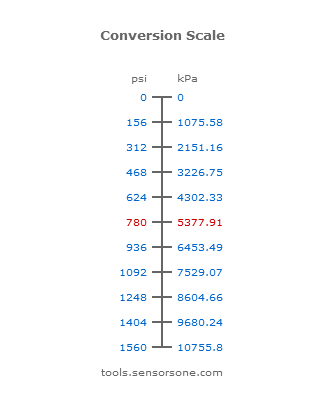

In general, human body dissipates heat via four different pathways: radiation, convection, conduction and evaporation 10. Without consuming excess energy on managing the temperature of the entire environment 6, 7, innovative textiles have been designed for controlling human body heat dissipation routes 8, 9. Personal thermal management focusing on thermal conditions of human body and its local environment is emerging as an energy-efficient and cost-effective solution 4, 5. Heat-resulted physiological and psychological problems not only can be threatening for human health 2, but also negatively influence labor productivity and society economy 3. Satisfaction with the thermal environment for human body is significant, not merely due to the demand for comfort, but more importantly because thermal conditions are crucial for human body health 1. Owing to its exceptional personal perspiration management performance, we expect the i-Cool concept can provide promising design guidelines for next-generation perspiration management textiles. The practical application feasibility of i-Cool design principles is well validated based on commercial fabrics.
#8 kpa to bar skin
Besides, i-Cool shows about 3 ☌ cooling effect with greatly reduced sweat consumption than cotton in the artificial sweating skin test. In the steady-state evaporation test, compared to cotton, up to over 100% reduction in water mass gain ratio, and 3 times higher skin power density increment for every unit of sweat evaporation are demonstrated. By integrating heat conductive pathways and water transport channels decently, i-Cool exhibits enhanced evaporation ability and high sweat evaporative cooling efficiency, not merely liquid sweat wicking function. Here, we propose an integrated cooling (i-Cool) textile with unique functional structure design for personal perspiration management. However, conventional textiles tend to focus on sweat removal and pay little attention to the basic thermoregulation function of sweat, showing limited evaporation ability and cooling efficiency in moderate/profuse perspiration scenarios. Perspiration evaporation plays an indispensable role in human body heat dissipation.


 0 kommentar(er)
0 kommentar(er)
